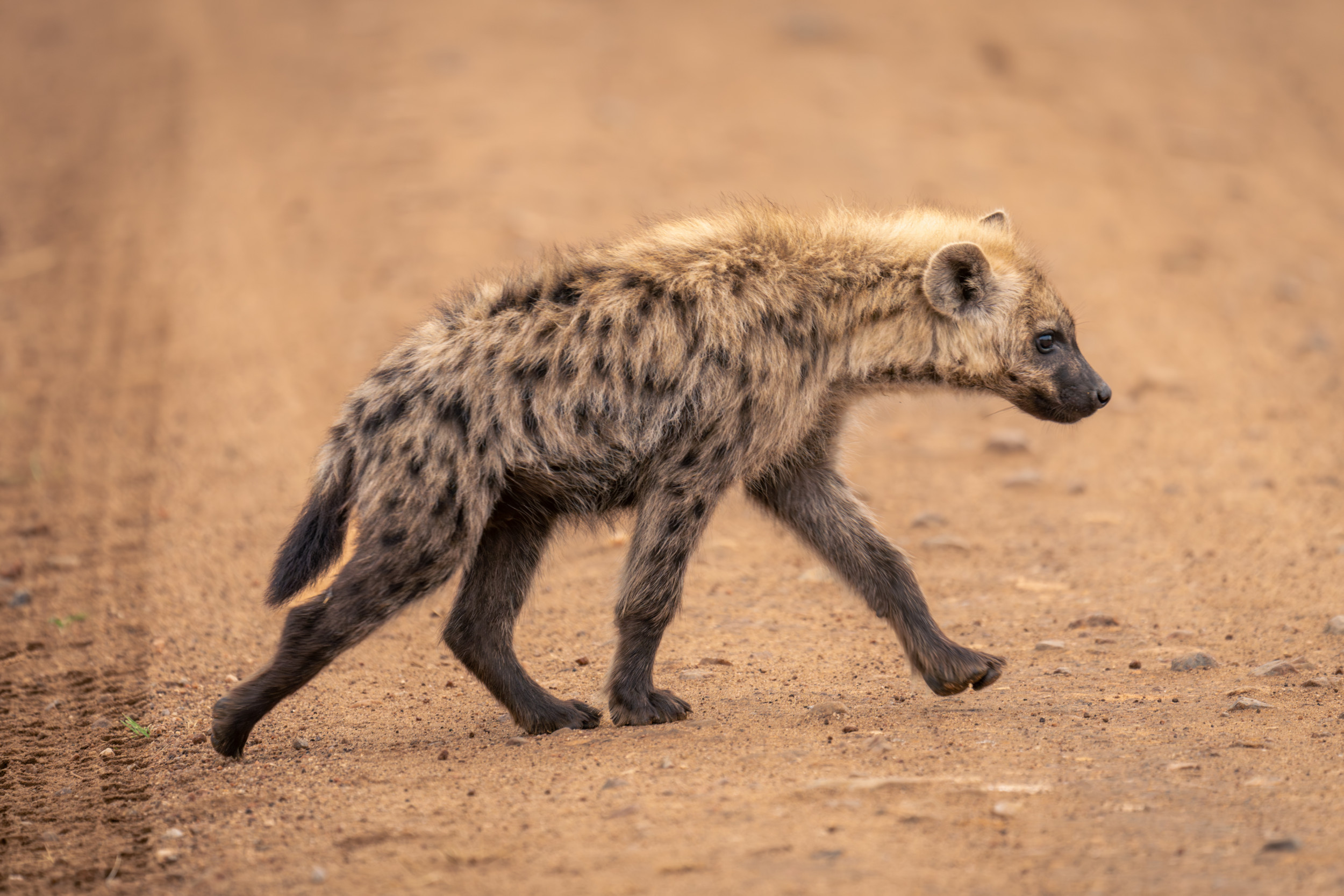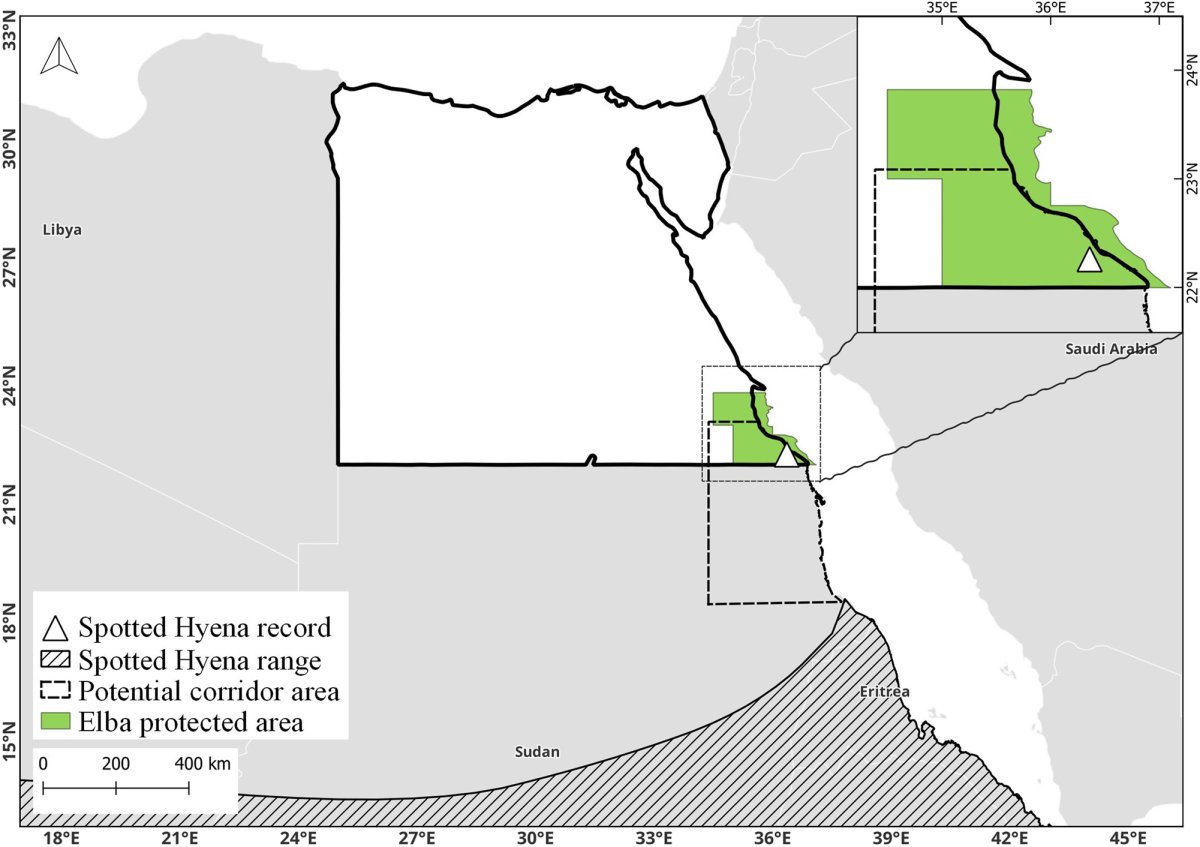
Scientists have reported a sighting of a spotted hyena in southeastern Egypt—the first such encounter recorded in a whopping 5,000 years.
“My first reaction was disbelief until I checked the photos and videos of the remains,” said ecologist Adbullah Nagy of Egypt’s Al-Azhar University.
“Seeing the evidence, I was completely taken aback. It was beyond anything we had expected to find in Egypt.”
The animal—which is native to sub-Saharan Africa—was caught and killed by local people in Wadi Yahmib, some 19 miles from the Egypt–Sudan border.
This is roughly 310 miles north of the known range of spotted hyenas in Sudan, with the researchers speculating that a rare weather phenomena opened up a migration corridor that allowed the predator to go beyond its usual hunting grounds.

nicholas_dale/iStock / Getty Images Plus
The Active Red Sea Trough is a rare tongue of low-pressure that extends up the Red Sea from the south when easterly winds blow over the adjacent mountains, and it is known to cause extreme rainfall and flash flooding.
Nagy and his colleagues believe that a once-a-decade weather cycle that is linked to the Active Red Sea Trough has been causing more rain over the Egypt–Sudan border.
This, in turn, increased plant growth, forging a migration corridor along which it traveled seeking grazing animals on which to prey.
Analysis of historical satellite images of the region confirmed that the area of the corridor has seen higher levels of plant growth in the last five years, potentially enough to support prey for a curious hyena on the prowl.

Nagy et al./Mammalia / De Gruyter Brill
“The fact that the corridor area has become less environmentally harsh, offering easier passage along ‘the highway,’ may explain how the hyena reached this far north,” Nagy said.
“However, the motivation for its extensive journey into Egypt is still a mystery that demands further research,” he added.
Pack predators found in various different habitats across sub-Saharan Africa, spotted hyenas are known to travel up to 17 miles in day, often shadowing human-managed livestock migrations.
(In fact, the animal in question was tracked and killed after it killed two goats herded by locals within the Elba Protected Area, a national park.)
The findings, the team conclude, both challenge our assumptions about the known ranges of spotted hyenas but also highlight how regional climate changes can shift animal migrations.

Nagy et al./Mammalia / De Gruyter Brill
Do you have a tip on a science story that Newsweek should be covering? Do you have a question about ecology? Let us know via [email protected].
Reference
Nagy, A., El-Kholy, S., Soultan, A., & Attum, O. (2025). First record of the spotted hyena Crocuta crocuta in Egypt during the past 5,000 years. Mammalia, 89(1), 99–102. https://doi.org/10.1515/mammalia-2024-0031




